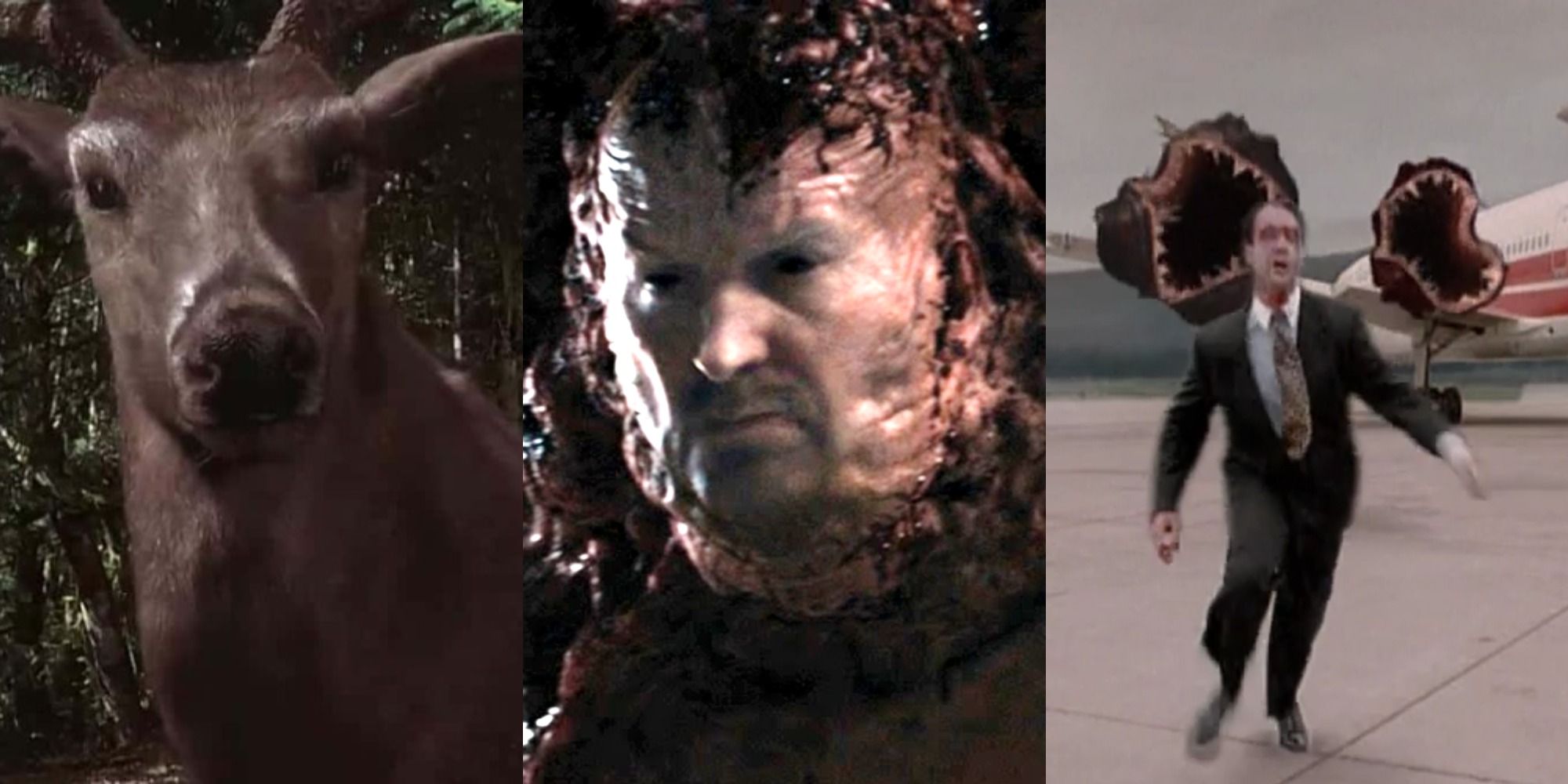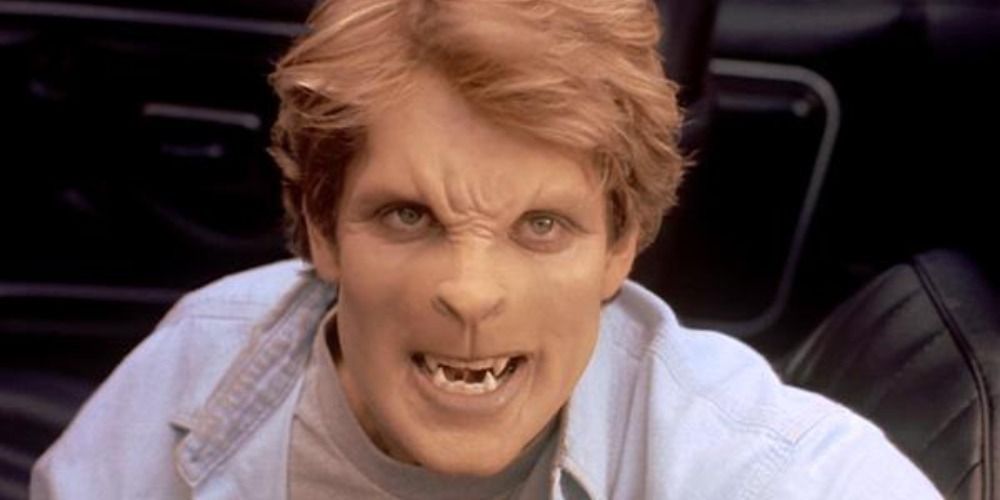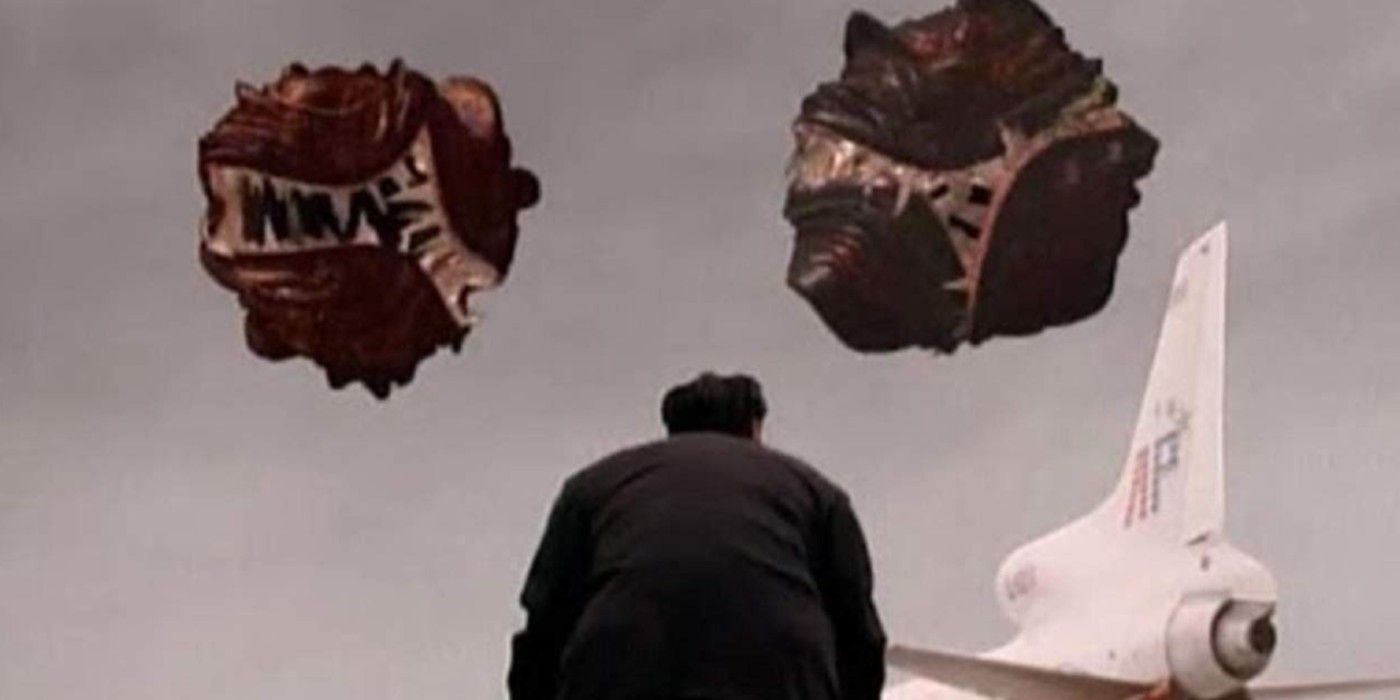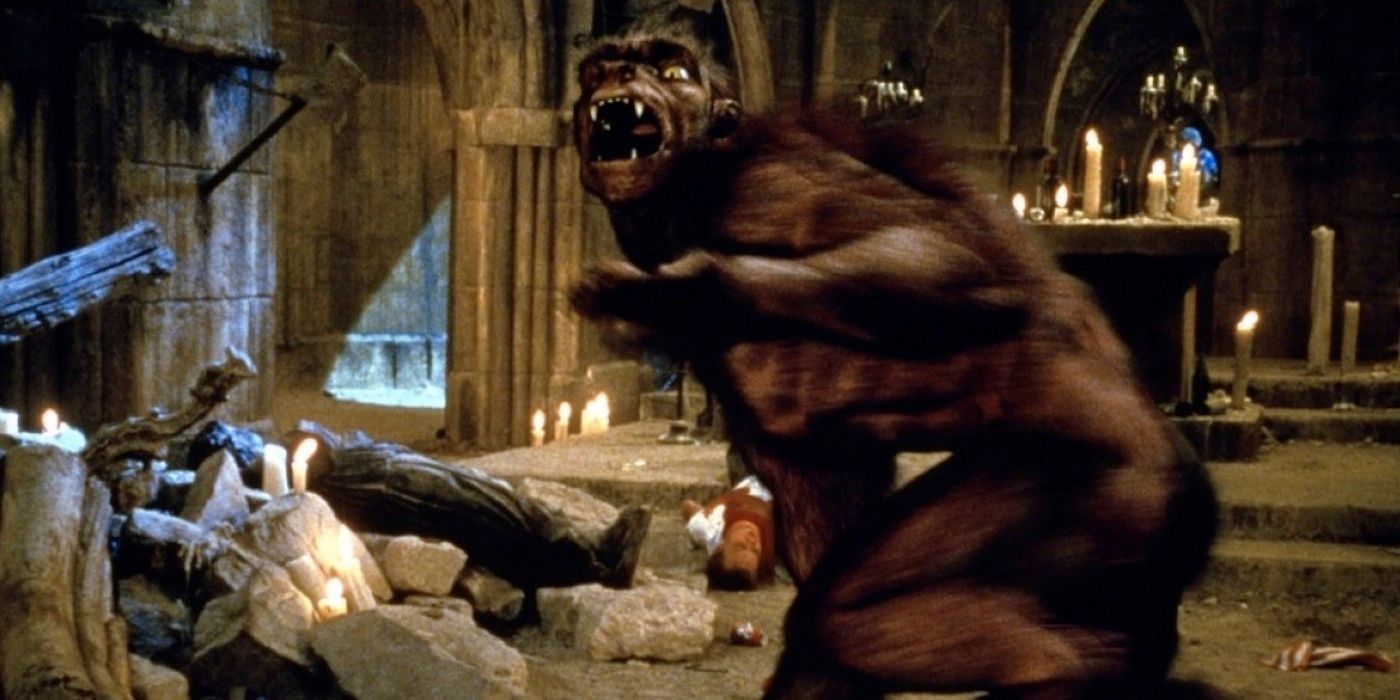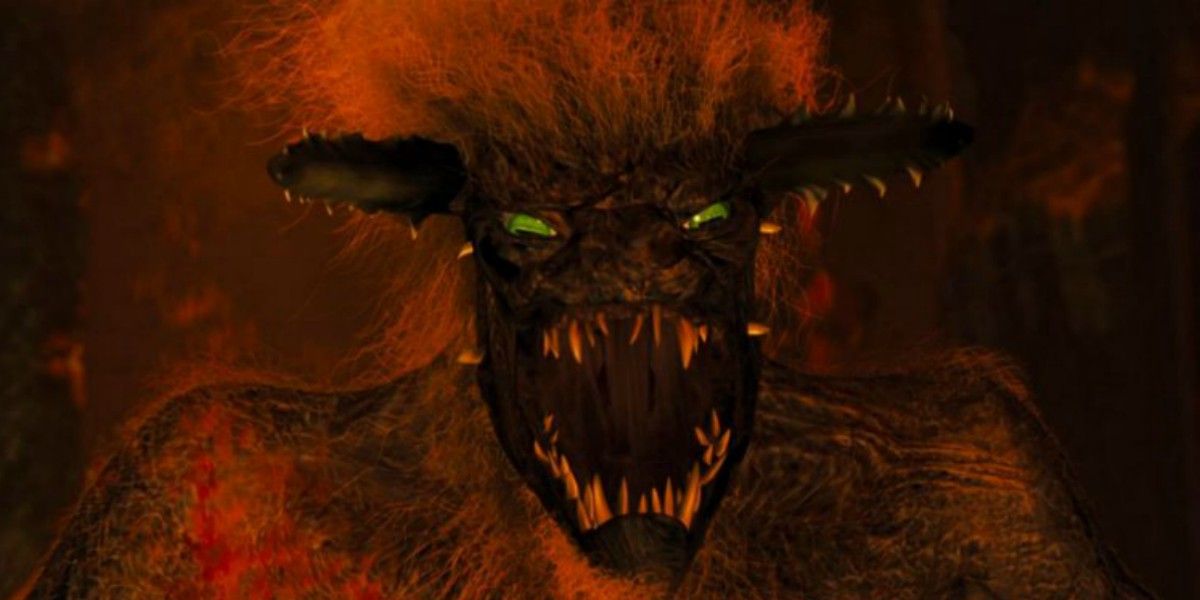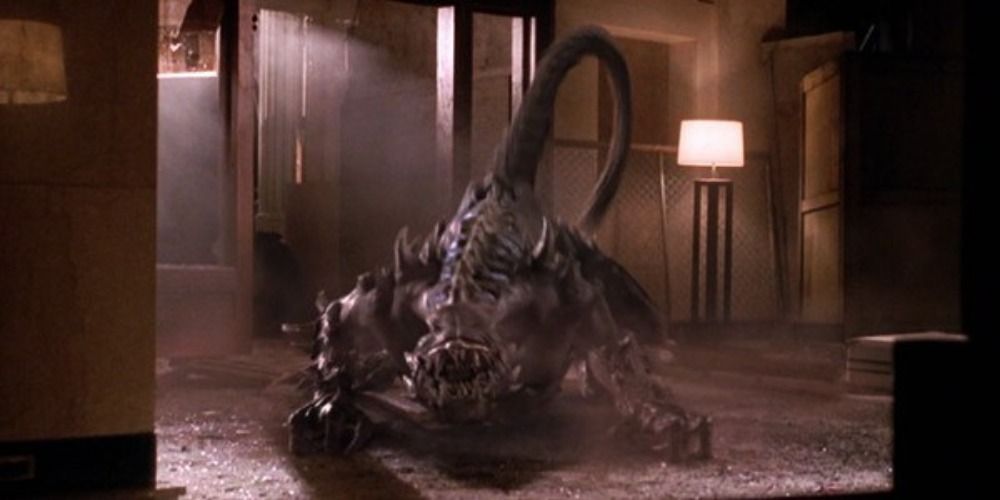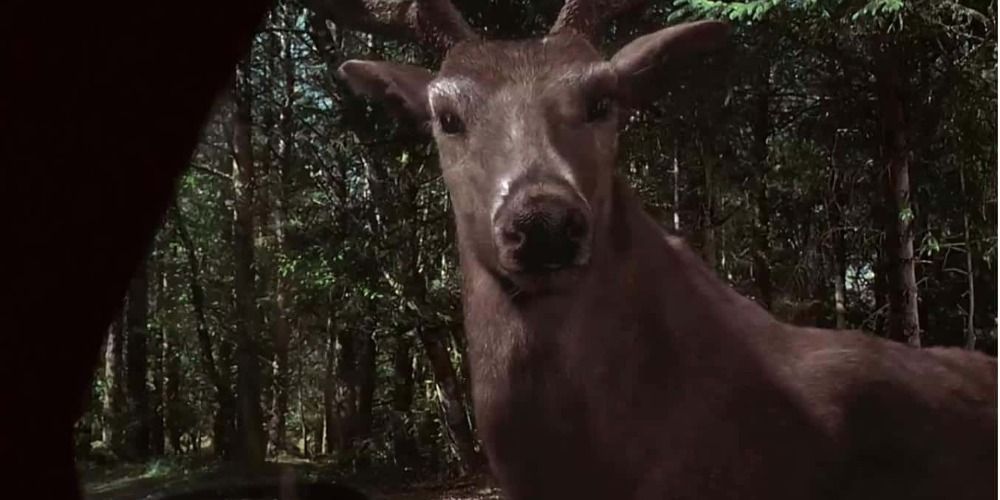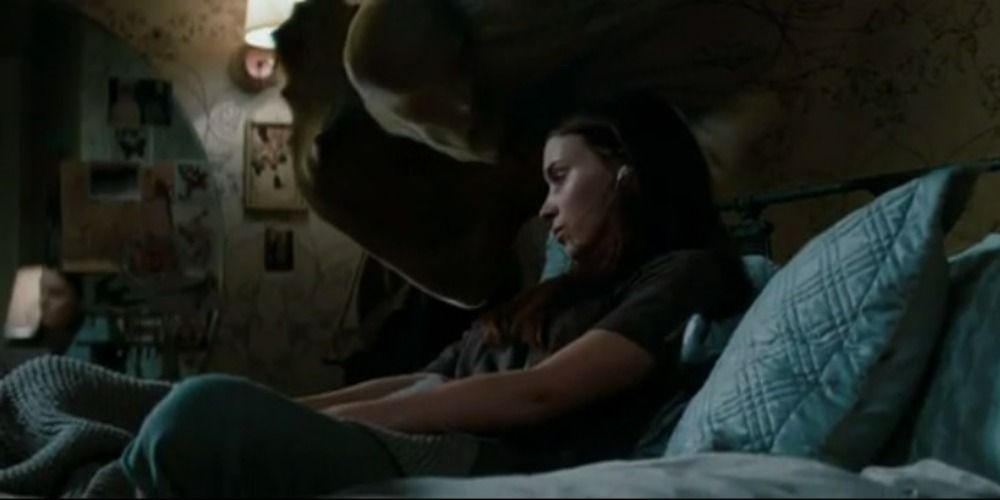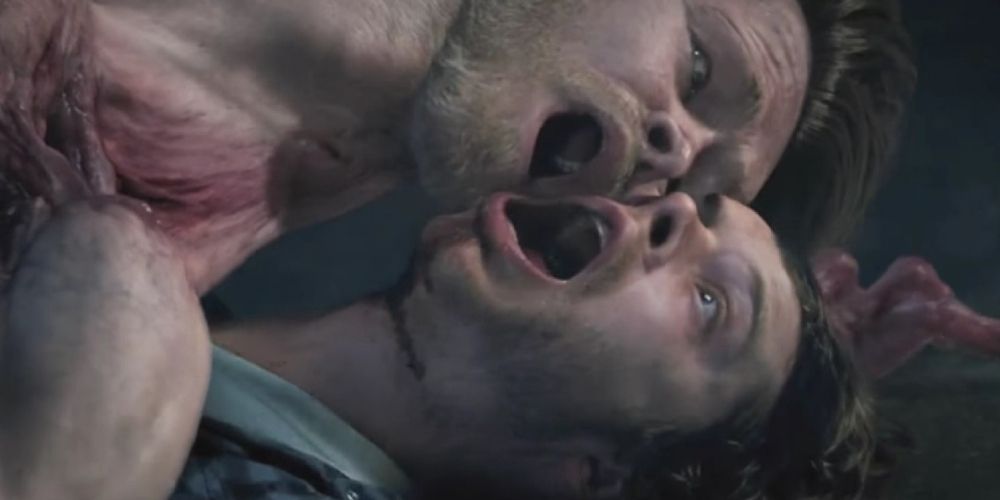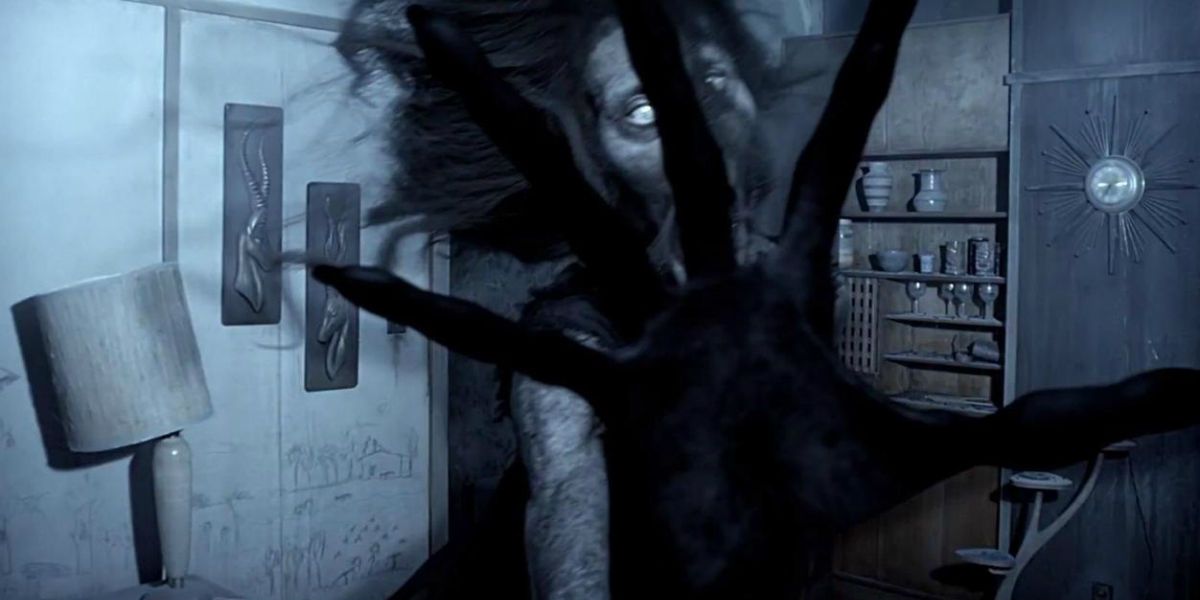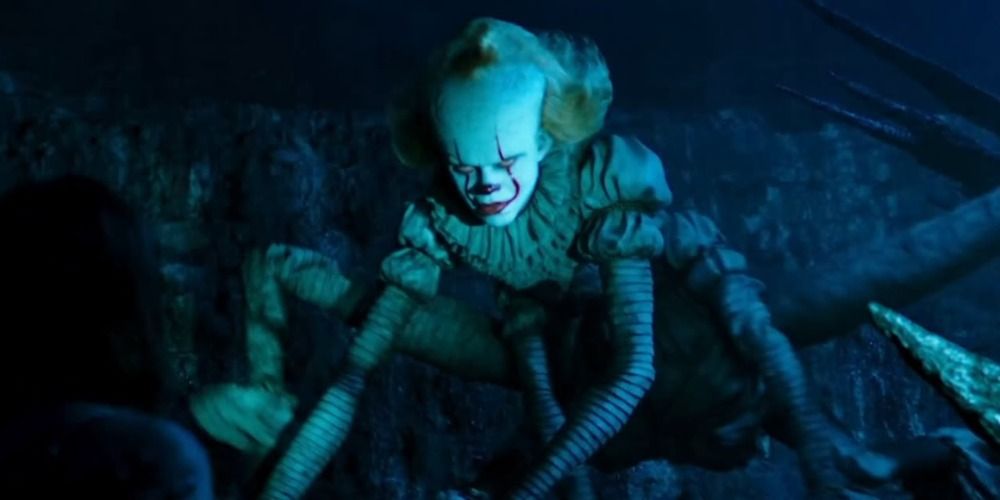From Doctor Strange in the Multiverse of Madness to the films of Ti West, horror has developed quite a bit since the genre's inception in film. One aspect of older horror films that are often referenced in newer ones is the "money shots" - the moments when the special effects crew can wrangle up some plastic, wood, and gooey material to convincingly convey the death (or physical transformation) of a character.
Practical effects, unfortunately, have mostly gone by the wayside in modern cinema, and it's not as noticeable in any other genre as it is in horror. Excellent special effects lead to a reaction in the viewer; the same can be said of particularly poor ones.
The Vampire Cats — Sleepwalkers (1992)
The film is an extremely silly take on the vampire film, turning its eternal lifers into cat people instead of bat humans. The plot follows a mother-and-son shapeshifting duo who scrounge their way through elongated lifespans by feeding on others, but there's a good chance no one is feeding more than mom off her son.
The Langoliers — The Langoliers (1995)
Far from being one of the best TV horror miniseries, this three-hour adaptation of a Stephen King novella, one of four in Four Past Midnight, is at least two hours too long.
The viewing experience isn't helped by the extremely poor digital effects, which don't even look convincing for a mid-1990s television film. What's disappointing about The Langoliers' effects is the fact the film was directed by Tom Holland, who had already shown proficiency in shooting practical effects in Fright Night and Child's Play.
The Werewolf — An American Werewolf In Paris (1997)
Rick Baker's jaw-dropping effects for 1981's An American Werewolf in London received the first Academy Award for Best Makeup. The film's transformation scene stands as one of the best examples of practical effects committed to film, horror or otherwise.
Released 16 years later and barely connected to the original, An American Werewolf in Paris has special effects of the diametric opposite quality. The werewolf in the original film had a presence that made the viewer feel unsafe for everyone within a five-mile radius of it. When watching Paris, the viewer feels like the werewolf's intended victims are just going to laugh at it.
Malebolgia — Spawn (1997)
Spawn, one of the best comic book movies on Netflix, also functions as a horror movie. Riddled with near-gothic imagery in the vein of The Crow, no aspect of Spawn's world feels safe for the protagonist, especially once he gets down to Hell.
The early comic adaptation has aspects that work for it—namely John Leguizamo as Violator/Clown—but the CGI in the third act looked weak in 1997 and looks atrocious in the 2020s. Violator's true form was captured partially using practical effects, and in closeup shots, it's one of the more well-aged aspects of the film, aesthetically. While it would have been extremely expensive to build a practical Hell, the appearance of Malebolgia is laughable, and the film had already proven it was capable of much better, albeit imperfect, CGI.
The Xenos — Alone In The Dark (2005)
An Uwe Boll "movie" was never going to give birth to one of the most impressive CGI creatures, but it couldn't have done much worse than the shoddily-designed, blurry Xenos (short for xenomorph, the antagonist of the Alien franchise).
Starring Christian Slater, Tara Reid, and Stephen Dorff, Boll's low-rent video game adaptation is poorly-constructed from front to back, with even Slater being unable to elevate the proceedings. Working with a thin video game plot, any success would rely upon the special effects, and they're not convincing for a moment, making Alone in the Dark an extremely long 96 minutes.
The Deer — The Ring Two (2005)
Deer make several appearances throughout the runtime of The Ring Two, and considering both how bad they look and how widely available actual deer are, it probably would have been best for the filmmakers to have gone with the latter.
In the theatrical cut, young Aidan (David Dorfman, reprising his role from the first film) comes across a single CGI deer relatively early on. While this scene was excised from the unrated version, the attack scene remains. It finds Naomi Watts' (also reprising) Rachel Keller driving Aidan to their home. Suddenly, a herd of deer makes its way out of the woods and crashes the car. The issue is that it's obvious the car is run off the road by what is clearly a computer's creation. Deer aren't particularly scary, to begin with, especially when they don't even look like the animal is supposed to.
Emerging Freddy — A Nightmare On Elm Street (2010)
Wes Craven's seminal 1984 classic A Nightmare on Elm Street received a vapid, MTV music video-style remake in 2010 that settled for replicating the original film's most iconic scenes as opposed to coming up with anything new.
While Craven's film had a flurry of still-impressive visual effects crafted from physical material, the remake throws unconvincing CGI at the same once-unsettling scenes, e.g. Tina's ceiling climb. The replications are hollow at best, and they still would be if the CGI were not very poor. As the film stands, though, the unscary scenes are cheapened even further by shoddy effects work.
Every Variation Of The Thing — The Thing (2011)
John Carpenter's The Thing is not just one of the greatest horror films ever made, but one of the best films ever made. The 2011 prequel of the same name is different. Even with a stellar cast including Mary Elizabeth Winstead, Joel Edgerton, Adewale Akinnuoye-Agbaje, and Eric Christian Olsen, the film never lifts off the ground, and that's because it's missing at least one production aspect crucial to the success of the original: its effects.
Carpenter's original has the most detailed, grotesque practical effects committed to celluloid, and the remake goes for shocking body horror as well, but it approaches gross-out with CGI, and computer-generated images will never produce the same result in the viewer as gooey, tangible material.
Mama — Mama (2013)
Andy Muschietti's Mama is a fine entry in the glut of early 2010s supernatural scarers, bolstered by game performances from Jessica Chastain and Nikolaj Coster-Waldau. However, the titular ghost never manages to be convincing, much less frightening, instead just looking like a goofy, floating blue woman.
The plot follows Annabel (Chastain) and her boyfriend (Coster-Waldau), Lucas. The latter is grieving after his twin brother murders his wife, takes his own life, and leaves his two little girls out in the woods. Now, Lucas and Annabel take it upon themselves to raise the two kids, but they keep talking about some guardian named "Mama."
CGI Pennywise — It (2017)
When Pennywise the Dancing Clown is shown as simply Bill Skarsgård in makeup and costume, the character looks phenomenal. The actor imbues the sadistic alien with enough personality to make him truly scary, which is a level of effectiveness immediately lost whenever he turns into Pennywise the CGI monster running towards the camera.
Mama director Andy Muschietti's first It (2017) delved into the world of CGI a bit too often, with only one effective usage (the projector scene). But 2019's It Chapter Two took it to the level where Pennywise was never scary, which didn't help an already problematic weaker half of an otherwise excellent novel.

